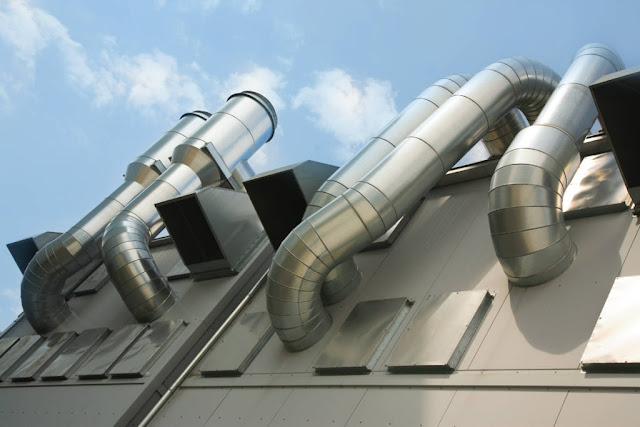Inside Variable Refrigerant Flow (VRF) Systems

New regulations and customer expectations have led to big changes in how temperature control is managed in commercial buildings. With R-22 refrigerant being phased out with a complete halt of production by 2020, new and innovative technology is stepping in to fill the void and offer more efficient, environmentally-friendly options. One of these is variable refrigerant flow or VRF – here are some insights into this technology from our team of commercial HVAC contractors . HVAC Technology That Delivers Essential Balance for Commercial Properties Managing a large commercial building comes with plenty of challenges, but one of the most notable is the balancing act between tenant comfort demands and keeping operational costs down. VRFs offer a solution to this challenge by having one outdoor compressor unit that can service several indoor fan coils; each set up with their own, individual thermostat. This means that facilities managers can effectively divide their buil...


